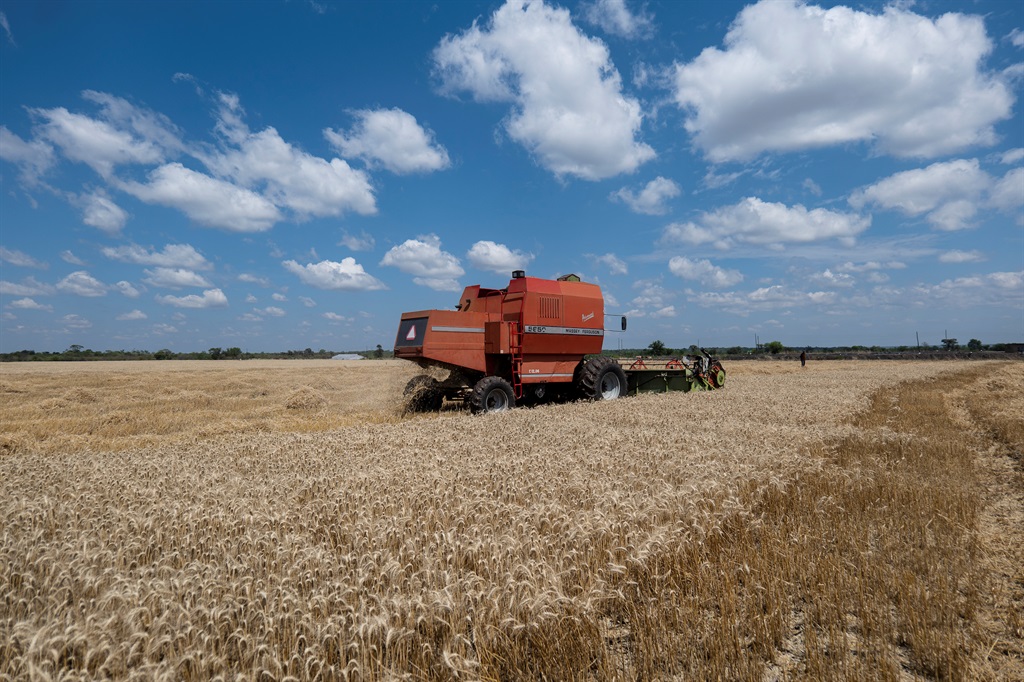

Wheat harvesting in Ticehurst, Zimbabwe, in November 2022. (Photo by KB Mpofu/Getty Images)
- Zimbabwe now expects a maize harvest of 1.1 million tons next year. That will leave it with a huge food gap.
- It needs at least 1.8 million tons. not counting animal feed.
- El Nino is expected to disrupt harvests across the region.
Zimbabwe’s staple maize harvest is expected to halve to 1.1 million tons in 2024 due to an El Nino-induced drought, Finance Minister Mthuli Ncube said on Wednesday, flagging a huge grain deficit that threatens food security in poor households.
The southern African country requires about 1.8 million tons of maize annually for human consumption and projected a 2.3 million ton maize harvest in 2023.
The United States Agency for International Development’s (USAID) Famine Early Warning Systems Network (FEWS NET) has said governments, donors and humanitarian bodies must prepare for high food assistance needs in Zimbabwe, Malawi, Mozambique and Madagascar throughout 2024 to early 2025 as El Nino disrupts agriculture.
READ | Russia ships Zimbabwe a year’s worth of free fertiliser ‘stranded’ in Europe
El Nino, a natural climate phenomenon in which surface waters of the central and eastern Pacific become unusually warm, causing changes in global weather patterns, is expected to hit crop yields during the 2023/24 farming season.
Farmers in Zimbabwe, where frequent droughts have compounded a lengthy economic crisis, have delayed planting the staple grain amid high temperatures and dry conditions linked to El Nino.
Only 95 156 hectares of land had been put under summer crops, mainly grains, by 10 December, a sharp decline from 465 707 hectares by the same time last year, Zimbabwe’s cabinet said on Tuesday.
READ | Zimbabwe’s finance minister was named Africa’s best. Then it got really weird
Speaking on the sidelines of a World Bank briefing on Zimbabwe’s 2024 economic prospects in Harare, Ncube said the country’s agriculture sector would shrink by 4.9% next year due to the El Nino-induced drought.
“Maize is the most impacted where output is in the order of 1.1 million metric tonnes in terms of our estimates,” Ncube said.
Last month, Ncube said Zimbabwe’s economic growth would slow to 3.5% next year, in line with World Bank forecasts, from 5.5% in 2023, mainly due to the drought.
